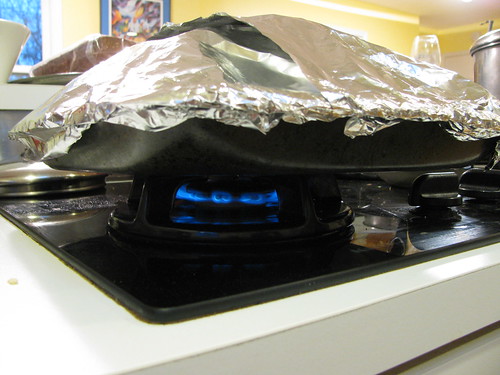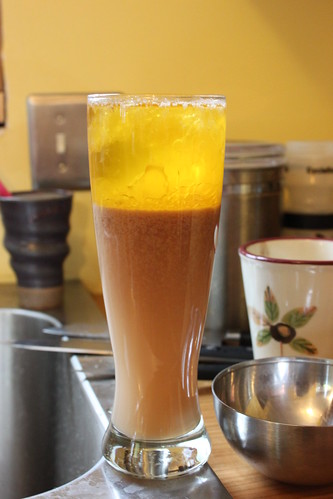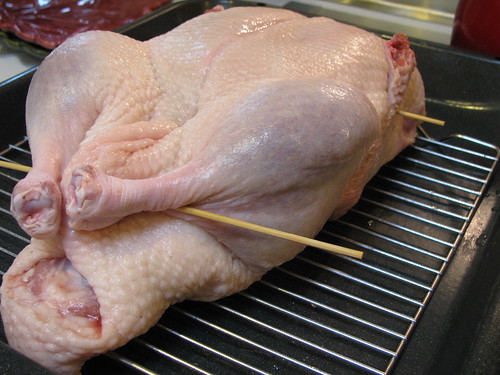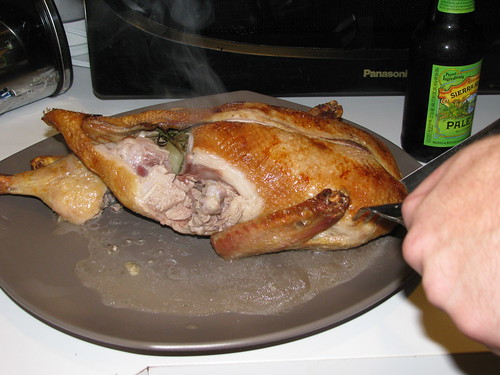 A few months ago, Denise Beno from 2Slios farm tweeted that she had an unclaimed Duroc/York pig this season. She asked if anyone might want to buy a whole or half. Alex and I and decided that purchasing a side of pig would be a good way to fill our freezer with well raised meat and give him more experience with home charcuterie.
In making arrangements with Denise, Alex learned that traditional processors often discard cuts of meat he would prefer to have, including the jowel and offal. Denise offered that Alex and the other buyer could slaughter the pig with her and process it however they wished.
A few months ago, Denise Beno from 2Slios farm tweeted that she had an unclaimed Duroc/York pig this season. She asked if anyone might want to buy a whole or half. Alex and I and decided that purchasing a side of pig would be a good way to fill our freezer with well raised meat and give him more experience with home charcuterie.
In making arrangements with Denise, Alex learned that traditional processors often discard cuts of meat he would prefer to have, including the jowel and offal. Denise offered that Alex and the other buyer could slaughter the pig with her and process it however they wished.
We jumped at the chance. Here's why we will wake early, drive to Mt. Vernon and slaughter a pig on Saturday.
Alex: I appreciate sustainably and humanely raised meat. I have had great experiences with Denise and the meat she raises. Her meat animals are of the highest quality, and I know her animal husbandry ethics are in line with my expectations.
Rachel: I don't eat meat, expect for the occasional taste of home cured bacon. After over ten years as a vegetarian, the texture is something I no longer enjoy and I feel I can balance my diet better without meat. Meat, in particular among foods, is often raised with disgustingly low humane and earth conscious standards. I am very concerned with the provenance of meat we purchase.
Alex: Per pound this will be low cost meat for the quality I will be receiving. It's true that because of government props, sustainable meat costs more in the market today. I don't mind doing a little bit of work to reduce some of the cost.
Rachel: I actually keep a much closer eye on our budget than Alex does. I often arrange for us to buy ingredients in bulk to save money. The risk, of course, in freezing meat is that a power loss can wipe out your investment. I guess we'll just have a huge barbecue if there's a blackout this summer.
Alex: I've been a meat eater all my life, but have bought almost all of the meat I have ever eaten already cut up and packaged. I've only ever cleaned fish or squirrels I have caught/killed myself. I have never dressed out a large mammal. I would like to hunt deer for food this year and feel the experience of slaughtering a pig will be good for when I need to clean a large animal on my own.
Rachel: I too have not witnessed the slaughter or processing of a large animal up close. I am comfortable handling and cooking meat even when I don't eat it myself. I know that killing and butchering a pig will be hard work; I plan to do with reverence for the life we are taking.
Alex: I wanted this to be a learning experience that could be shared on Rachel's blog and with our daughter Lil. Lil will not accompany us for the slaughter because we want ourselves to be fully present and distractions when dealing with a large animal, saws, and knives can be dangerous.
Too many people are completely disconnected from their food. The hamburger they are eating did not grow on a meat tree; it came from an animal that was born, raised and ultimately killed to provide food for another species. Some people subconsciously push this knowledge out of their head while eating meat. I'm certainly no vegetarian, but I believe that when I eat meat, I have a fundamental responsibility to know and understand where it comes from.
Rachel: Absolutely. I will record the slaughter with video and photos to share here. I'll provide fair warning to those who do not wish to read anymore about it. Though it used to be commonplace to have intimate knowledge of raising and killing meat animals, many people now are far removed from farms. It is my hope that sharing the experience of the slaughter will inspire more people to question and consider their food sourcing.

 last Christmas. Since then I experimented with making my own bacon, smoking various meats and cooking
last Christmas. Since then I experimented with making my own bacon, smoking various meats and cooking  and
and  attachments for our Kitchen-Aid and am in the sausage making business. I purchased enough hog casing from
attachments for our Kitchen-Aid and am in the sausage making business. I purchased enough hog casing from



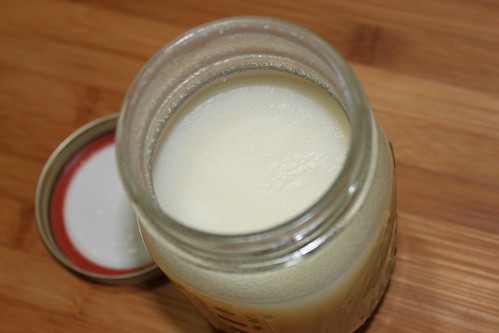
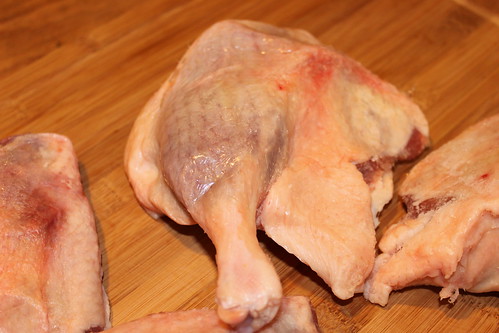
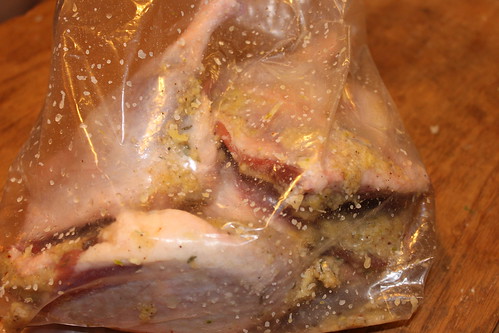


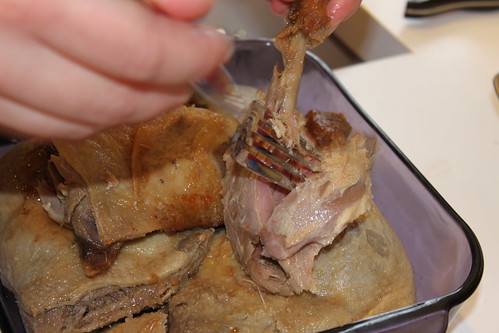
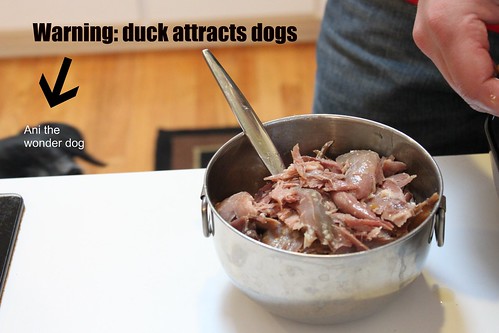
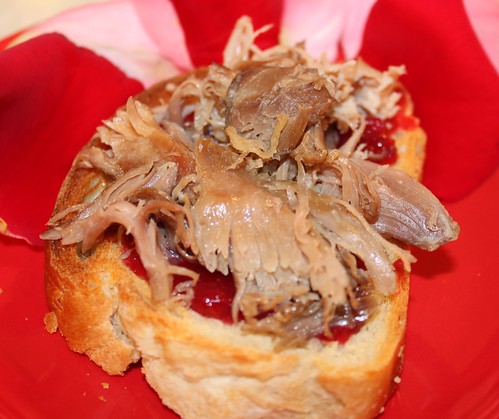
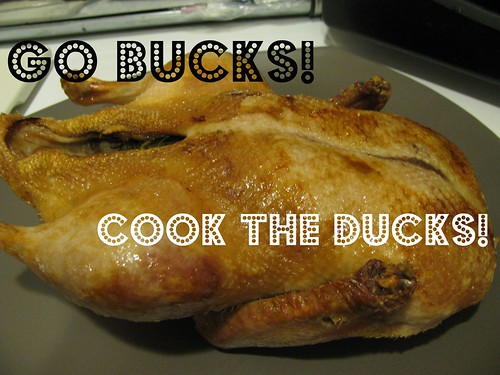 The Rose Bowl is days away. The Ohio State Buckeyes are playing the Oregon Ducks. Alex and I are both alumni and football fans. We are bringing a duck confit dish to a Rose Bowl party to poke fun at the opposing team's mascot.
The Rose Bowl is days away. The Ohio State Buckeyes are playing the Oregon Ducks. Alex and I are both alumni and football fans. We are bringing a duck confit dish to a Rose Bowl party to poke fun at the opposing team's mascot. . This method encompasses a preliminary steaming step followed by a more traditional roasting process. The end result is succulent meat that is tender, moist and not in the slightest bit greasy.
. This method encompasses a preliminary steaming step followed by a more traditional roasting process. The end result is succulent meat that is tender, moist and not in the slightest bit greasy.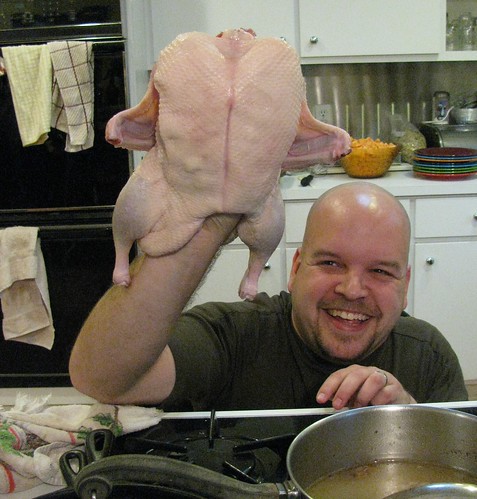
 Aggressively salt the cavity of the bird and place it breast up in a metal roasting pan on a rack so that it is at least an inch off the bottom. Fill the pan to just below the bird with liquid. Any mix of water, wine, apple cider or orange juice works well, keeping in mind that flavor will be imparted to the bird. A few aromatic vegetables like celery and onion are welcome additions to the liquid.
Aggressively salt the cavity of the bird and place it breast up in a metal roasting pan on a rack so that it is at least an inch off the bottom. Fill the pan to just below the bird with liquid. Any mix of water, wine, apple cider or orange juice works well, keeping in mind that flavor will be imparted to the bird. A few aromatic vegetables like celery and onion are welcome additions to the liquid.